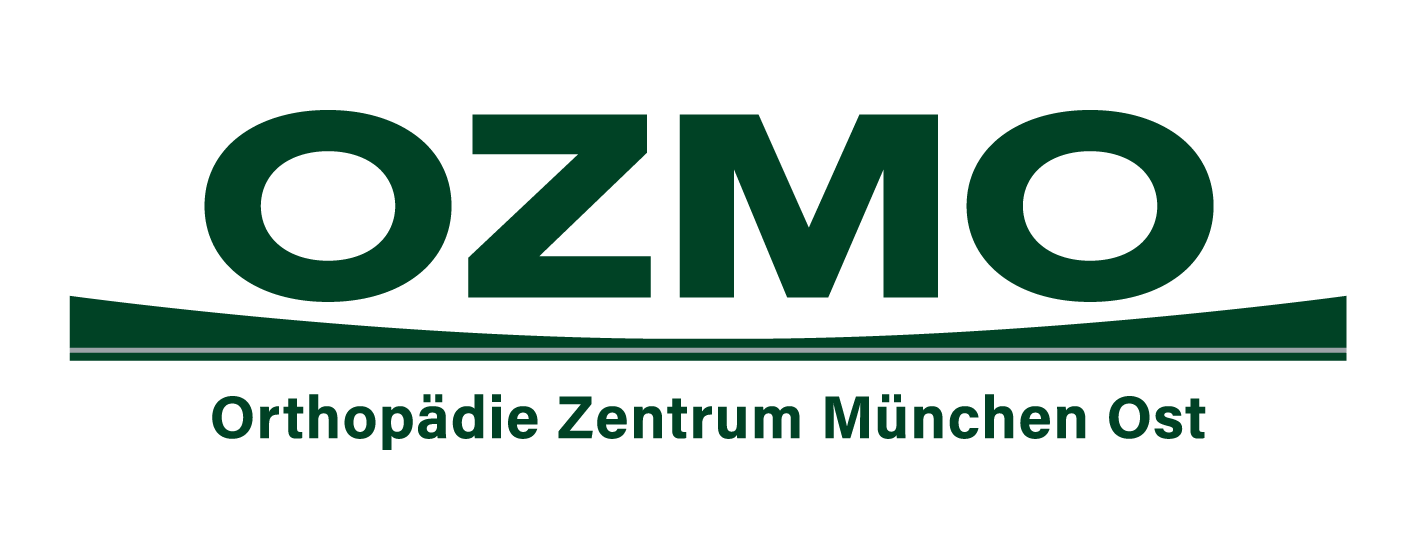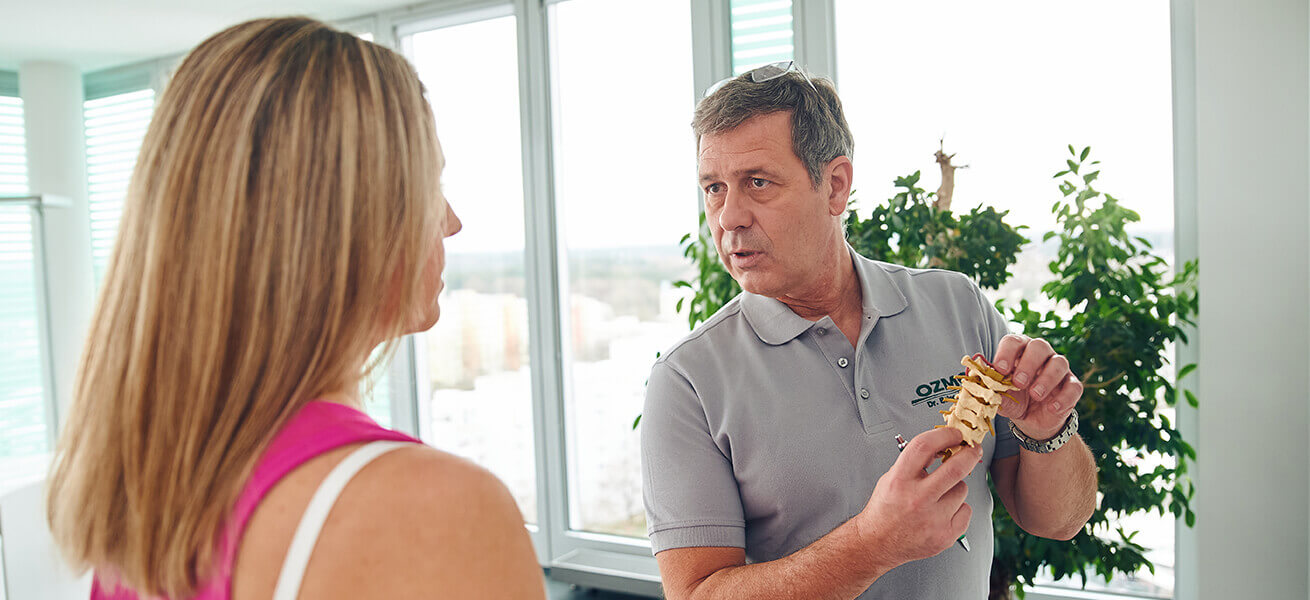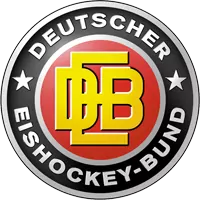Back pain as a constant companion
Herniated disc – symptoms and treatment
Back pain is a well-known problem, especially in today’s society where a lot of time is spent sitting in an office chair. In most cases, occasional back pain can be attributed to tense muscles and is therefore basically harmless. Those pains can be easily relieved and, moreover, disappear quite quickly. However, if the pulling, pressing or stinging in the spine persists for a longer period of time or if numbness or paralysis even occur, a herniated disc may be present under certain circumstances and must be diagnosed by a doctor.
A herniated disc can be promoted by several factors. Sitting for long periods of time, improper weight bearing, or lifting heavy objects in the wrong position can cause too much pressure to be placed on the intervertebral discs and cause the fibrous ring that protectively surrounds them to rupture. Due to the loss of the barrier, the disc tissue comes out and presses on the surrounding sensitive nerve roots, which then cause the pain. A second possibility is wear and tear of the intervertebral discs, also usually caused by heavy load. The intervertebral discs lose their most important function in the process. This is because the intervertebral discs act like a cushion between the vertebrae, i.e. as a buffer and protection. If these protective cushions become thinner and thinner due to incorrect or increased loading, the vertebrae with no or little suspension rub against each other more and more with every movement.
After an extensive examination, some neurological tests, and a computer or MRI scan, it is easy to see which nerves are constricted and whether there is a herniated disc, for example. Fortunately, with the help of new methods, nowadays almost all patients with disc problems, can be helped effectively. If conservative treatment with physical therapy, pain medication and injections does not work, minimally invasive techniques such as lasers or a spinal catheter are used to treat a herniated disc. Surgery is avoided in most cases and is used only in particularly severe cases.
If the problem is wear and tear of the intervertebral discs, as described above, therapy with implants made of hydrogel is often recommended. These are injected directly into the stressed discs without surgery. The implants then absorb water and in this way support the function of the intervertebral disc, straighten it up again and the constantly felt pain is soon history.
Focal points in the treatment of pediatric orthopedic disorders
Es wird bei kinderorthopädischen Erkrankungen unterschieden zwischen der Behandlung von organbezogenen und nicht organbezogenen Krankheiten. In den meisten Fällen reicht eine konservative Behandlung aus, um Fehlbildungen am Halte- und Bewegungsapparat korrigieren zu können. Zu den Behandlungsschwerpunkten bei kinderorthopädischen Erkrankungen zählen außerdem:
- Rheumaorthopädie
- Fußchirurgie
- Physikalische Medizin
Unser orthopädisches Behandlungsspektrum ist breit gefächert und wir stellen ein individuelles Therapiekonzept zusammen. Im Kindesalter können viele Fehlbildungen einfacher korrigiert werden, bevor im weiteren Verlauf des Lebens Haltungsschäden oder chronische Beschwerden entstehen. Eine entscheidende Rolle fällt hierbei dem Einsatz von präventiver Diagnostik zu!






